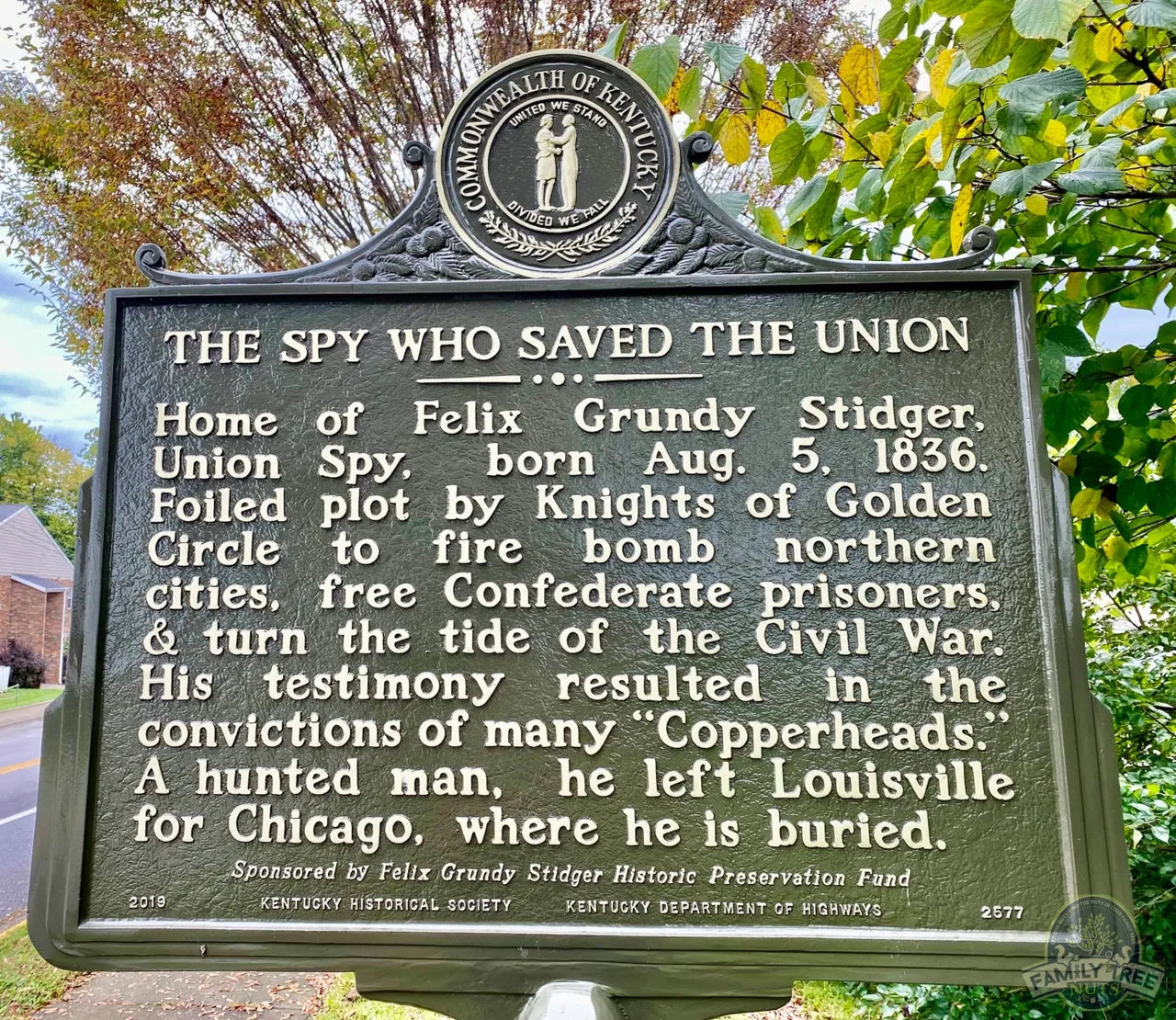
“THE SPY THAT SAVED THE UNION”! FELIX GRUNDY STIDGER
“The Spy That Saved the Union”! It is said that he was tired of the Confederate flag being shoved down his throat, so he did more than his part to help preserve the Union. Felix Grundy Stidger isn’t a household name, but his efforts during the Civil War, were nothing short of monumental. The house that he was born in, is in Taylorsville, Kentucky, and is in the process of being added to the National Register of Historic Places. Mr. Arnie Mueller, who leads the Stidger Foundation, has been spear heading the renovations of the unique house. The house was originally a log cabin, and due to the state of the structure at the time of this article, many of the original logs are visible.
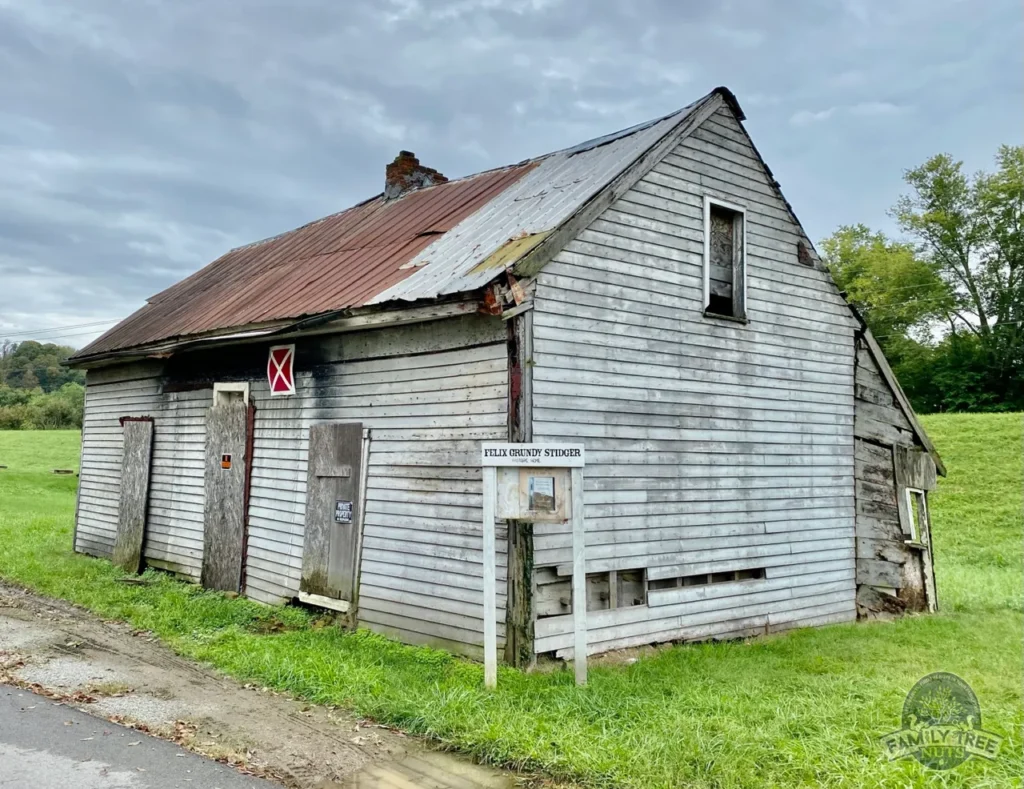
Stidger was born in this house, in 1836, and lived here until the end of the Civil War. His parents were Herman, and Narcissa Stidger, and unfortunately, Herman passed away when young Felix was only about two years old, which made it hard on Narcissa to make ends meet. Stidger went to full time work at only 15-years-old, at the County Clerk’s Office, and also worked as a carpenter. In 1860, he moved to Bloomfield, Kentucky to work in a hardware store, which at that time, was very pro-Confederate, and it is said that only 3 people out of the population of 450, were pro-Union. The town even flew a Confederate flag in the middle of town and kept it flying until the end of the war. Stidger lived with well-known Union supporter, John Allen Terrell, who owned the hardware store that he worked at, and that may be why he was so pro-Union.
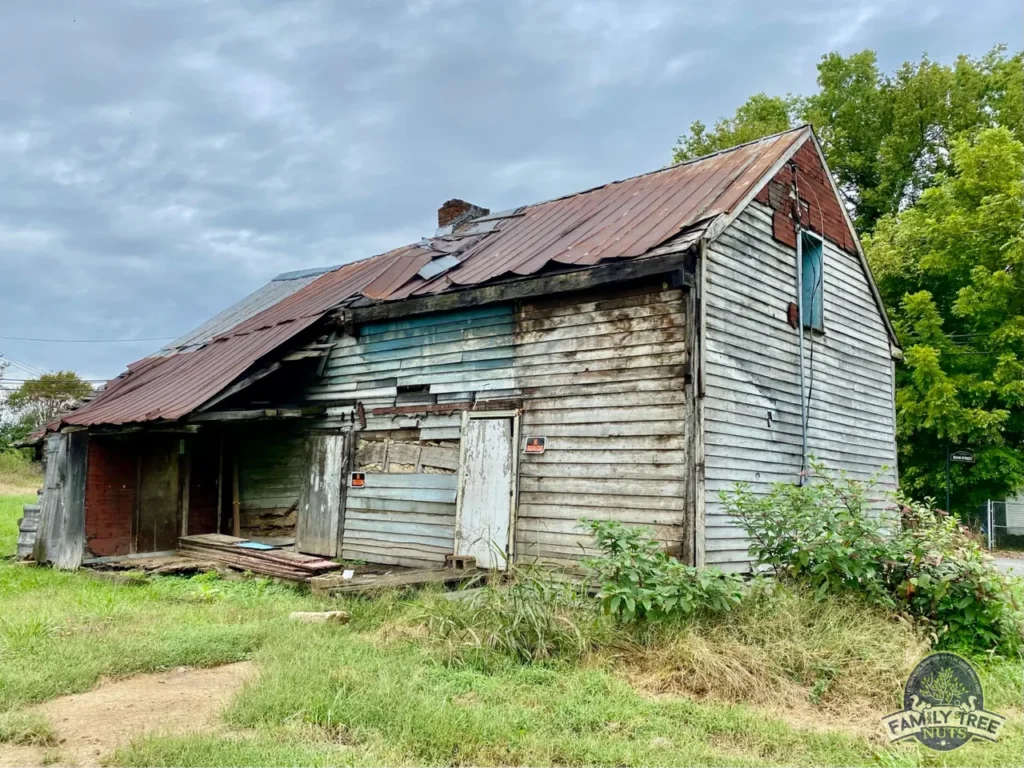
In 1862, Stidger left in secret, sneaking away to Danville, Kentucky to join the Union Army. While in the army, he served in the battles of Perryville, Stones River, and Chickamauga, and he served as an administration clerk. In 1864, he got word that his mother was very ill, so he applied for, and was granted a hardship discharge to return home and care for her. One evening we went to the drugstore to get some medicine for his mother. Stidger had received a lump sum of money upon exiting the army, and rebels who were also at the drugstore, saw that he had cash on him. The rebels followed him home, walked into his house, and robbed him of around $300. Now Stidger didn’t have the money to continue to buy his mother medicine, and within about a week she passed away. This event heightened Stidger’s hatred for all Confederates, and fueled his desire to get even.
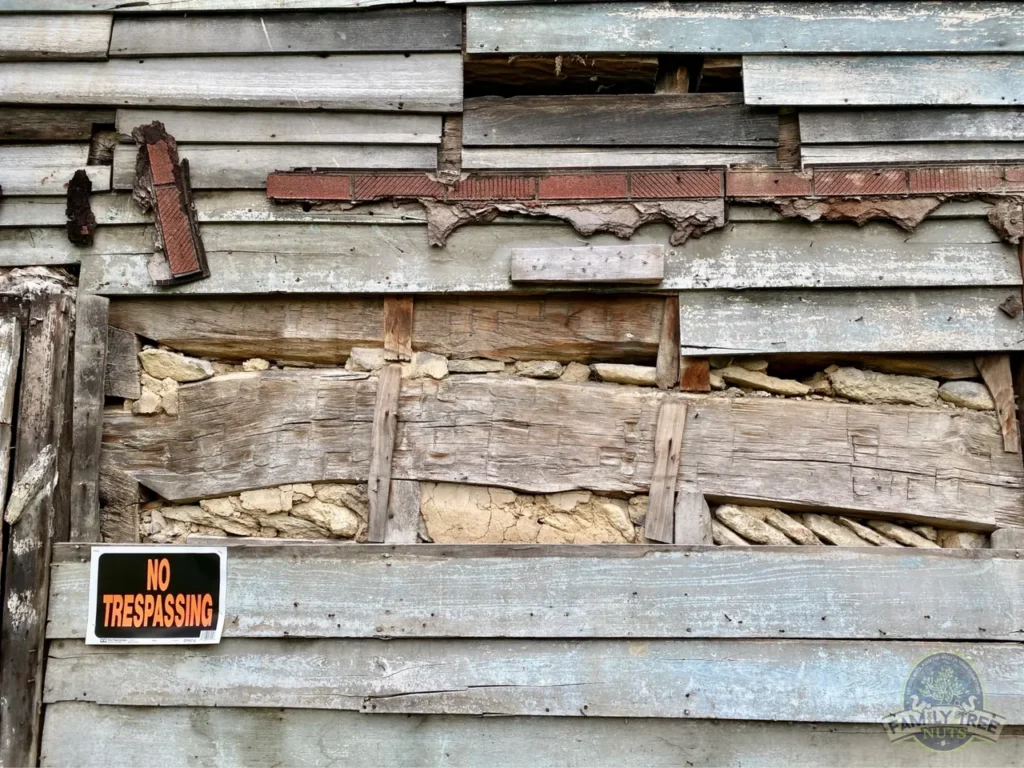
Just a few weeks later, in April 1864, Stidger went to Louisville to try to find work. He looked up a man that he had known in the military, Captain Steven Jones, who was the Provost Marshall in the area. Jones suggested to Stidger that he should try some spy work, because they were having trouble with a secret organization called, The Knights of the Golden Circle (KGC). The Union army had tried to get someone to infiltrate deep into the secret organization and weren’t having any luck, but Jones thought that Stidger would be perfect for the mission. Stidger who was still fresh with his anger for the Confederacy, decided to give it a try.
Stidger taking the mission was perfect timing, because a Mr. William Bowles, who was the owner of the French Lick Springs, in Indiana, was coming to Kentucky to organize some secret lodges for the Knights of the Golden Circle. Stidger and Mr. Bowles hit it off right away, and Stidger was offered the job to start working in Kentucky, to get the organization going in the area, which up till this time, they didn’t have any support yet. The Knights of the Golden Circle were known as “Copperheads”. Copperheads where northerners, who were southern sympathizers, that wanted to let the south leave the Union. They wanted to bring the war up into Northern Illinois, and Indiana, by breaking into a prison where there were 75,000 Confederate prisoners, free them, and have guns stored ready to go for them, so they could attack where they were, deep in Yankee territory. They also had plans to overthrow the Lincoln lead government in the Northeast. It would have been a very devastating ordeal for the Union cause.

One of the reasons the KGC could keep so hidden was the members didn’t know the people in the other group, which kept the goings on from getting spread around, but on the same token, when the word was put out for the date of the attack, the communication lines were flawed and leaks were created. Stidger got word of the plans, contacted the Union army, which put a stop to the potentially devastating mission.
The KGC had a chemist that created fire bombs, similar to Greek Fire, to unleash on the north. The bombs could be put in water, and let burn up to a point that it would explode. They were successful in sinking a couple of boats in the Ohio River using this weapon. One of the men leading this mission was, Judge Joshua Bullitt, of Louisville, who was the main man for the KGC in state of Kentucky. Bullitt also did some of the financing for the organization.
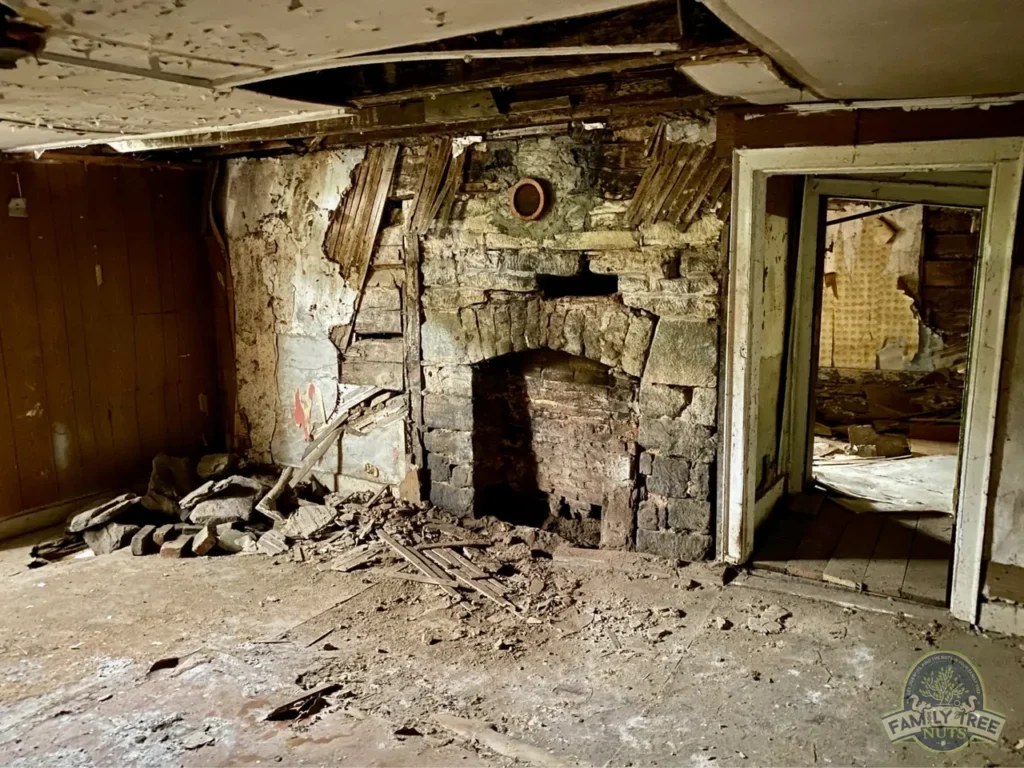
If the KGC could accomplish their mission of freeing the 75,000 Confederate prisoners in the north, who would then bring the battles in Yankee territory, and with the war going on in the south, it could cause the northern citizens to lose favor in the war, which would lead to Confederate victory, and reaching their goals of permanently separating from the Union. The KGC planned to unleash their plan ironically on, July 4, 1864.
The KGC were depending on General John Hunt Morgan to join in the mission. He was a very popular Confederate in Kentucky, which would draw much support from the population. A few weeks earlier, Morgan had a very severe beating at the Battle of Cynthiana, and it set everything back. At about that time, Judge Bullitt went to Canada, and he came back with a large satchel. Stidger met him when he arrived back in Kentucky, and he had a satchel with him that was so heavy, that Stidger figured it must be gold in the bag. All along, Stidger had been reporting the actions of the Knights of the Golden Circle to Colonel Carrington, of the Union army, and he kept him updated on everything that he did, and that was the lifeline that helped this whole story.
When Stidger reported that the KGC had all that money, it was time to strike. With Stidger’s information, the Union army arrested all the people involved, including Judge Bullitt, and Mr. Bowles. Stidger was actually with Bullitt and Bowles when they were arrested and while staying on the mission, was arrested along with them as to not bring suspicion. Stidger was put into prison for a couple of weeks, and was moved around to different places so he could gather more information from different KGC members. During this time, Stidger collected valuable information that lead to even more arrests. At the end of Stidger’s mission, almost 100 people had been arrested.
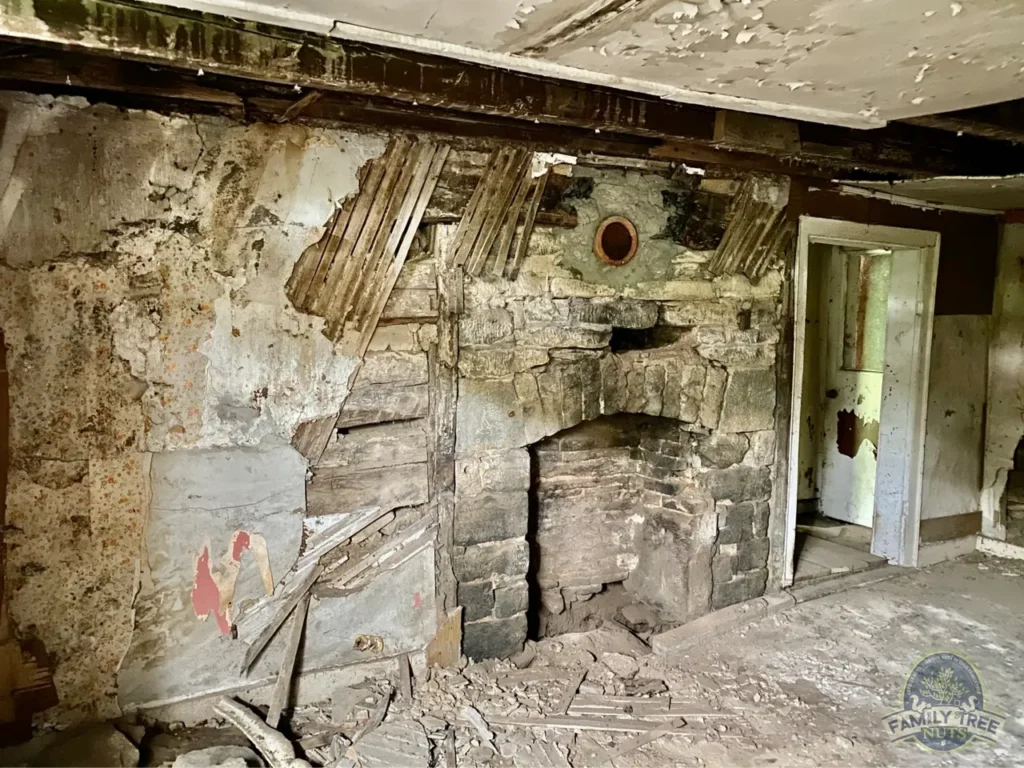
Stidger stayed in character, all the way up until the first day of the trial, when the first witness was called, which was Stidger himself. When he walked in, the whole corridor got completely silent, because they had no inkling that he was involved as a spy. He was one of the leaders of the organization, working himself into the Secretary position, all while he was working for the other side.
Most of the men were sentenced to life in prison, and a few received smaller sentences, but Bowles, and Judge Bullitt were sentenced to death. Their sentences were later converted to life in prison. Out of the approximately 100 men that were sentenced, every one of them got set free after the war ended. Only one man died from to ordeal. He escaped, and got as far as Minnesota, where he was shot. The cases of the men of the KGC became a legal precedent. None of them were wearing military uniforms during their actions and should not have been tried in military courts, they should have been tried in civilian courts. This legal precedent has been used over the years and even in modern times such as the trials of prisoners from the wars in Iraq, and Afghanistan.
After the war, Stidger moved back to Taylorsville, where he got married. He had hoped to go into the printing business, and he wanted to be close to his friends in Taylorsville, but he found out that there was a $10,000 reward for him that somebody could collect by killing him. He moved a couple of times, to Cincinnati, and to Indianapolis for a while. Those seeking the bounty followed him, and he never felt safe. Finally, he moved to Chicago, where he lived out the rest of his life, until he died in 1908.
A few years ago, Joe Bowen, a historian who is a member of the board, of the Stidger Foundation, visited his grave. Bowen was upset to find that Stidger had only a small, 20-inch-tall headstone, and only a short distance away stands a 40-foot-tall monument to the Confederate soldiers that died at nearby Camp Douglas. Bowen feels that this is a slap in the face to Stidger, whom he calls and American hero, and Stidger definitely deserves more that his small headstone. There has been talks of moving Stidger back here to Taylorsville. The cemetery was contacted, and they are not against it. Mr. Bowen also talked to the National Guard, and they would provide the flight to bring his remains to be reinterred in Taylorsville.
Mr. Mueller said that bringing Stidger back to Taylorsville, would bring honor to the town, and honor to Stidger, whom very few locals even know about. Mueller said that when he moved to Taylorsville, he attended a town meeting, and that is where he first learned of the Stidger House. The building had a red X painted on it, it was condemned, and it was going to be burned down. The townspeople knew that the house was very old, so they got Tom Watson, a local historian, to check into it. Watson was the one that found the history of the house and how it connected to Stidger.
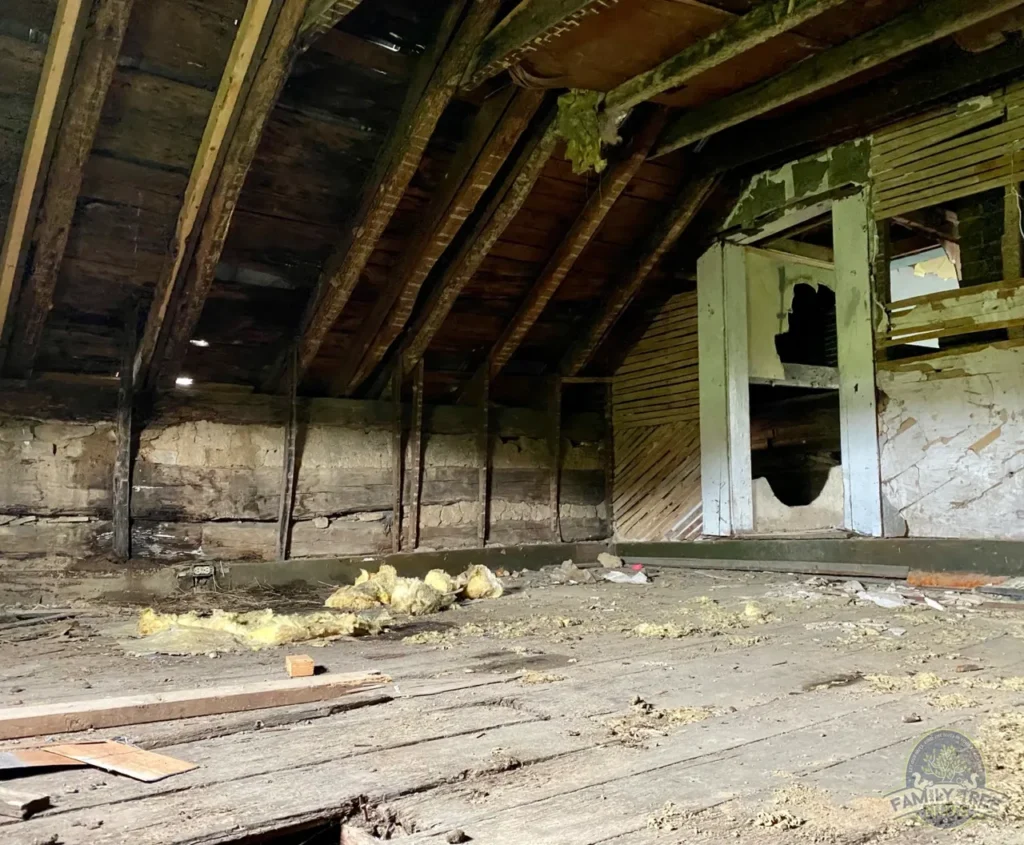
The house was occupied as a residence until around 2010. It is in bad shape, but most of the walls, and supports are sound. Some of the logs are rotten, and will need to be replaced, but that is not unusual for historic homes. The Stidger Foundation is working on grants to get the money to get the renovations done, and they are seeking donations from anyone that sees the value in this project. Anyone can donate at www.stidgercabin1830.org
Mueller said that the house needs to be saved, and that 40% of Civil War history is lost forever, and we need to preserve this particular property, so it can be used into the future. The house is the perfect size for a museum, and possibly even a museum about the Civil War in general.
The story of Felix Grundy Stidger, The Spy that saved the Union, is one of importance, and it had a direct impact on our country, but like so many other stories from history, isn’t very well known. It is critical that we remember these stories into the future, and honor the sacrifices that men like Stidger made. To learn more about his story, you can find the book that he wrote himself, about the ordeal, which is entitled, “Knights of the Golden Circle, Treason History, 1864”. You can find the book on Amazon.
This article was written from the dialog between Col. Russ Carson, Jr., of Family Tree Nuts, and Mr. Arnie Mueller, of the Stidger Foundation. Be sure to see the video below, of that dialog, with scenes of the house, and of things relevant to the story.
– Col. Russ Carson, Jr., Founder, Family Tree Nuts
